Infrastructure
The floor plan of the future
Our building projects
Pushing boundaries – this can only be done through groundbreaking research. The fact that we succeed in this intent is evidenced by the attention given to our infrastructure. Scientists from around the world visit our site in Mol to gain expertise and inspiration.
The opportunities and international collaborations we obtain as a result allow us to build even more knowledge, continue to pioneer and look beyond today.
▶️ Check out the planned expansions of our site in Mol in the video.
-
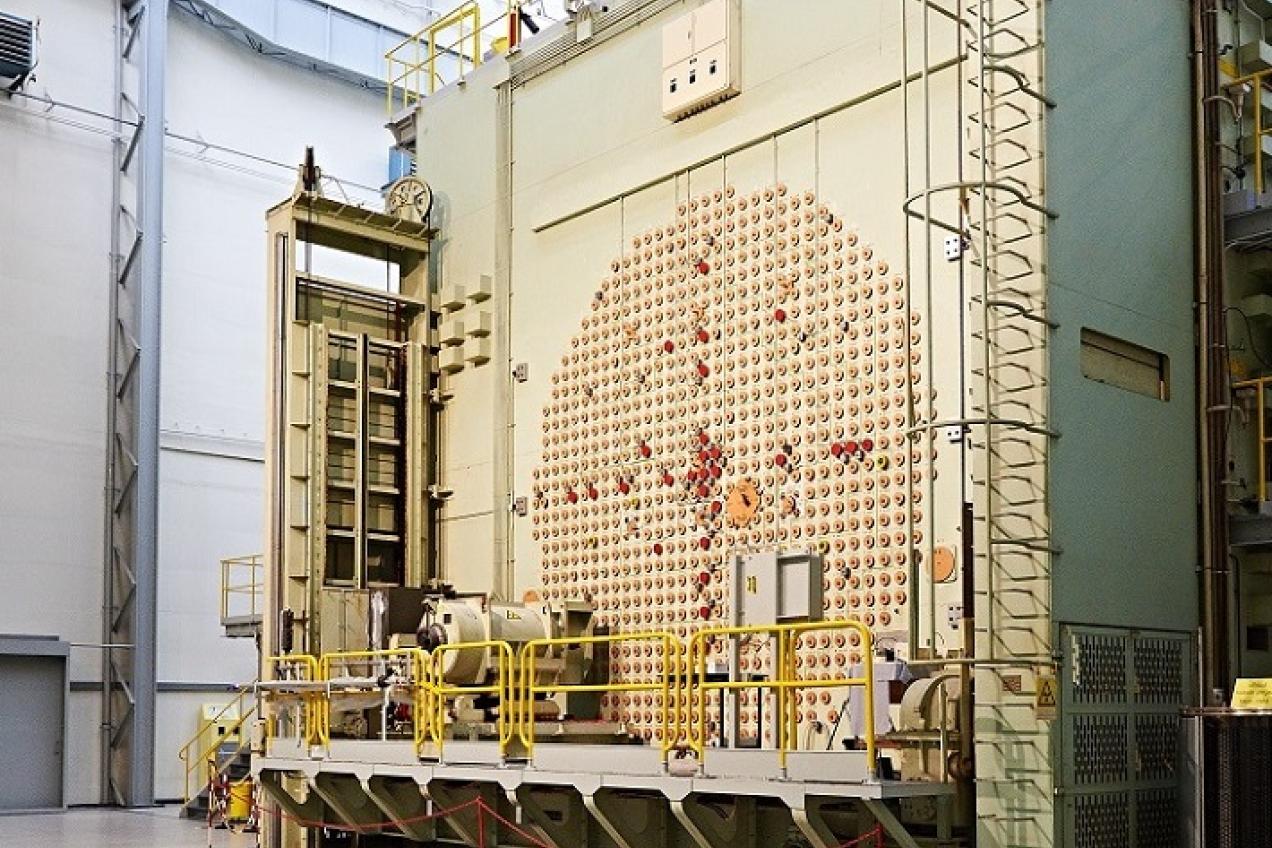
BR1: an icon
Belgian Reactor 1 (BR1) was the first research reactor in Belgium. In that air-cooled graphite reactor, in 1956 we originally researched reactor and neutron physics and produced radioisotopes. Now, the reactor is used at the request of other research centres, universities and the industry to irradiate components, calibrate measurement instruments and train nuclear experts.
-
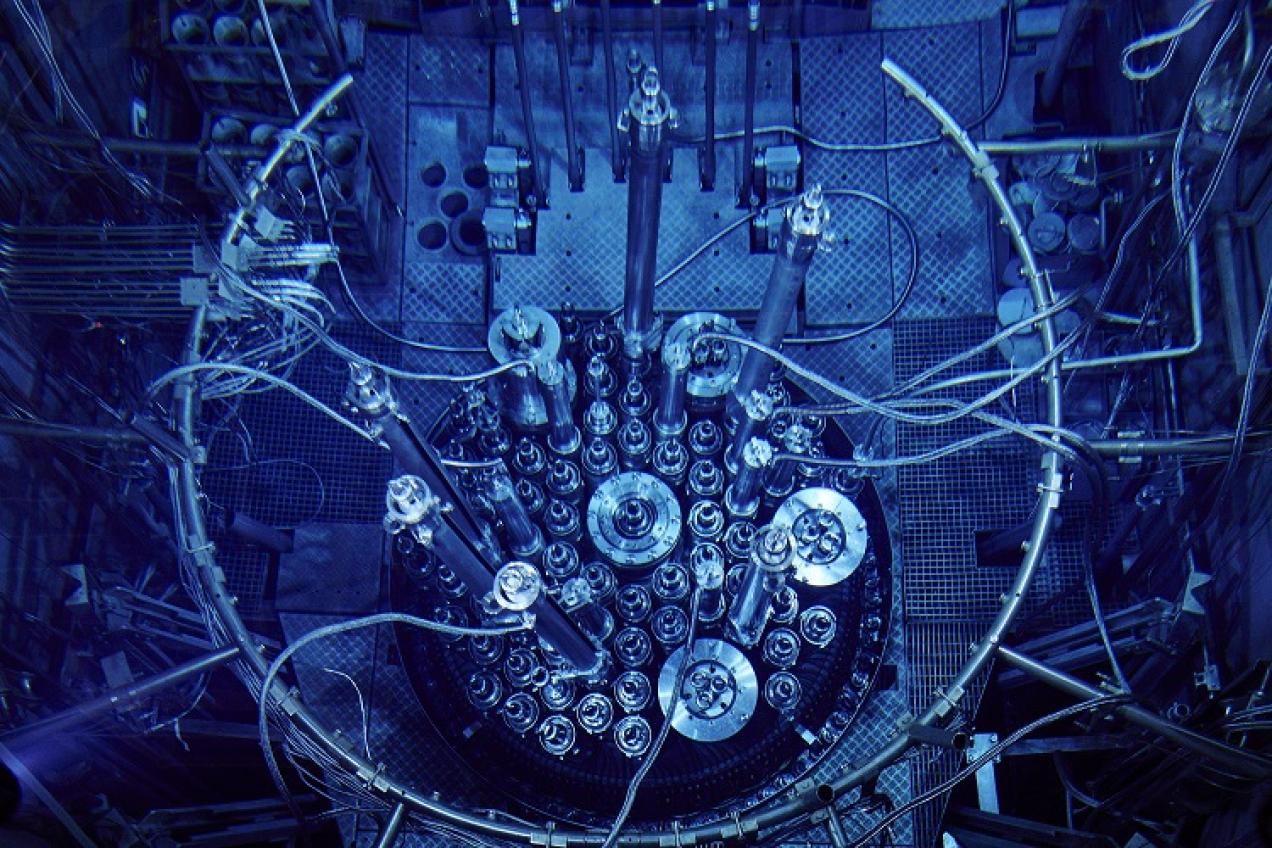
BR2: a (reactor) vessel full of medical solutions
The Belgian Reactor 2 is indispensable in the supply of medical radioisotopes. BR2 produces 25% to 65% of the global demand for the radioisotope molybdenum-99, used for cancer diagnosis. To analyse material aging, we subject nuclear fuels and materials to intense radiation. We do so with BR2 – one of the most powerful research reactors in the world.
-
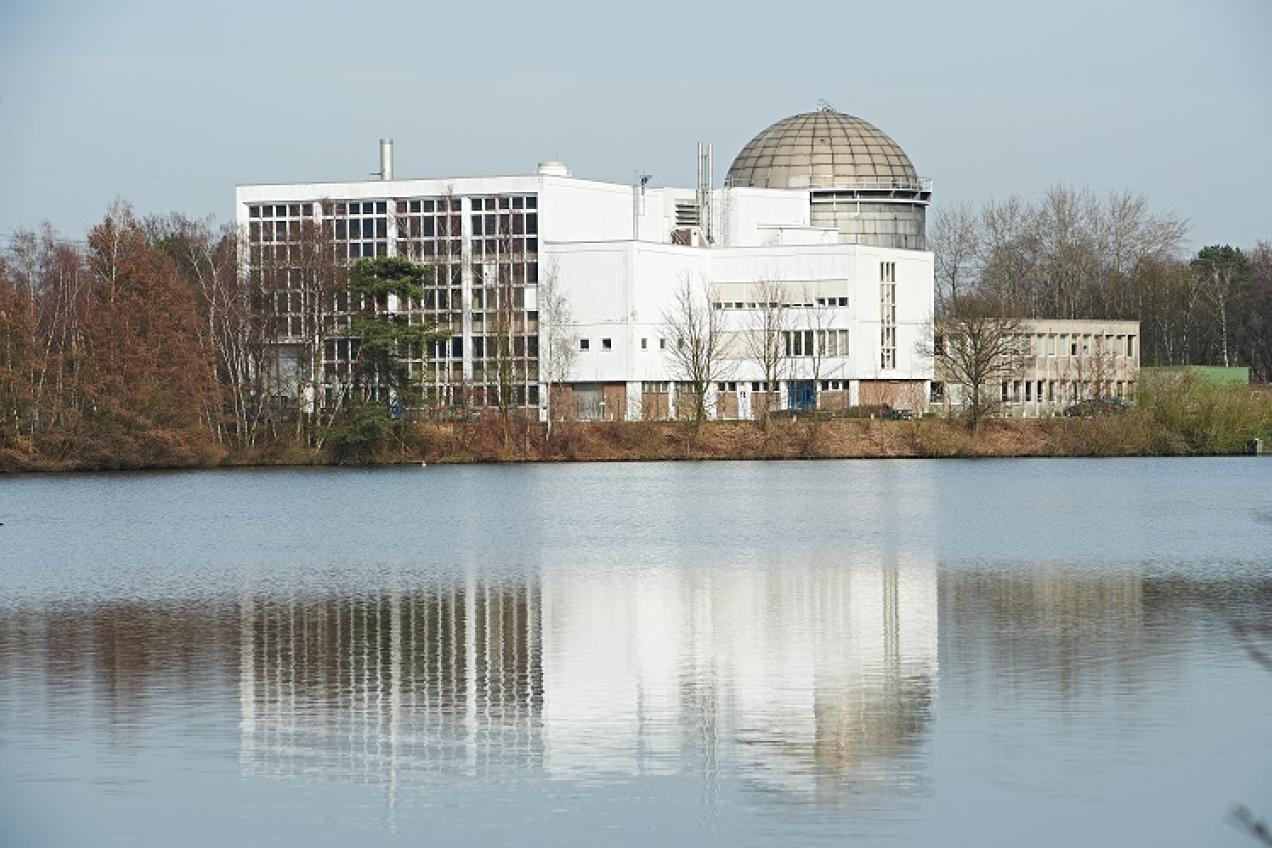
BR3: Training ground for dismantling projects
BR3 is a true pioneer. Not only was it the first pressurised water reactor in Europe – it was also the first dismantled pressurised water reactor in Europe. While it first served as a model for the construction of the Doel and Tihange nuclear reactors, the reactor is becoming a key player again with the demolition and dismantling of similar nuclear facilities on the horizon.
-
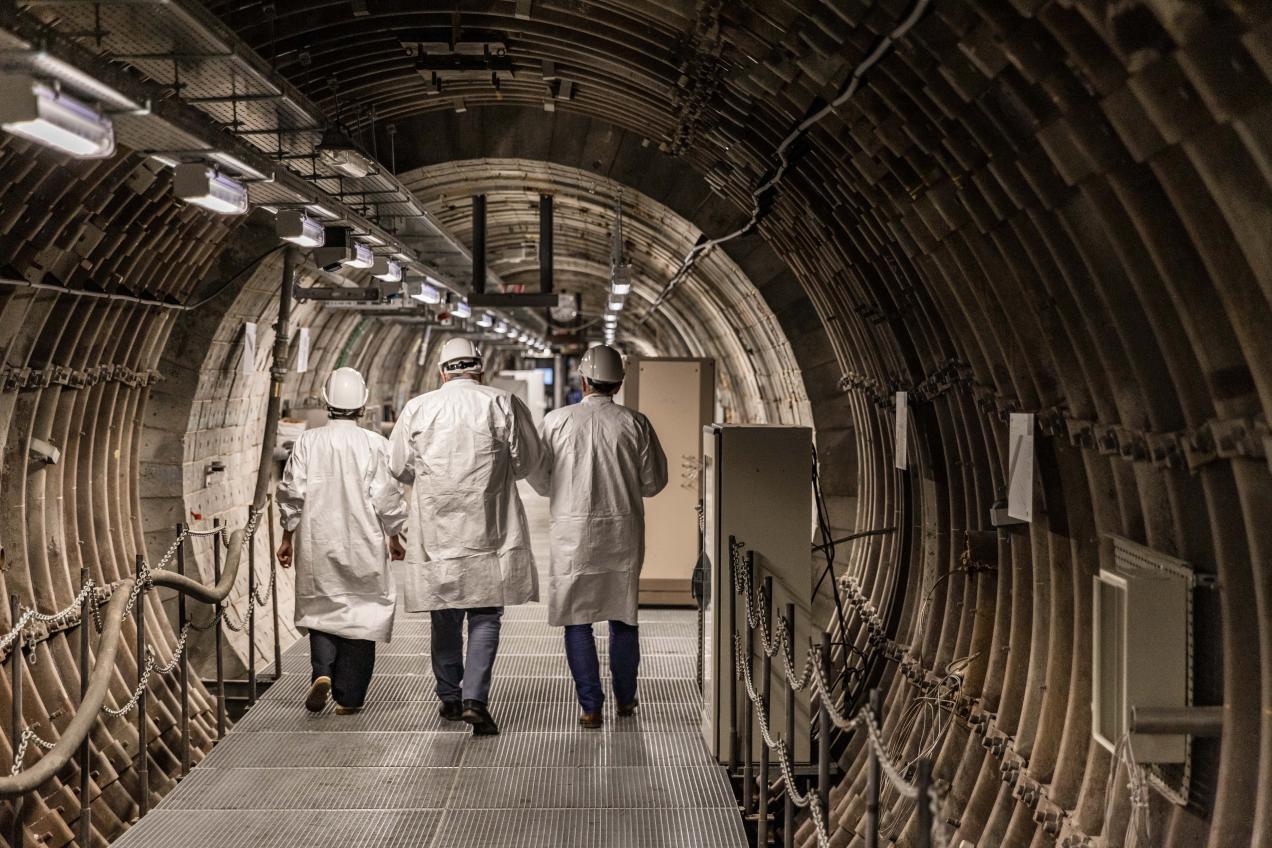
HADES: the lab in the underworld
Investigate the disposal of radioactive waste in a deep clay layer? To do so, we dive 225 metres underground, to the underground lab HADES. More than forty years of research shows that geological disposal in a deep clay layer is safe and feasible. The underground laboratory HADES falls under the management of ESV EURIDICE, an economic interest group between SCK CEN and ONDRAF/NIRAS, the National Agency for Radioactive Waste and Enriched Fissile Materials.
-
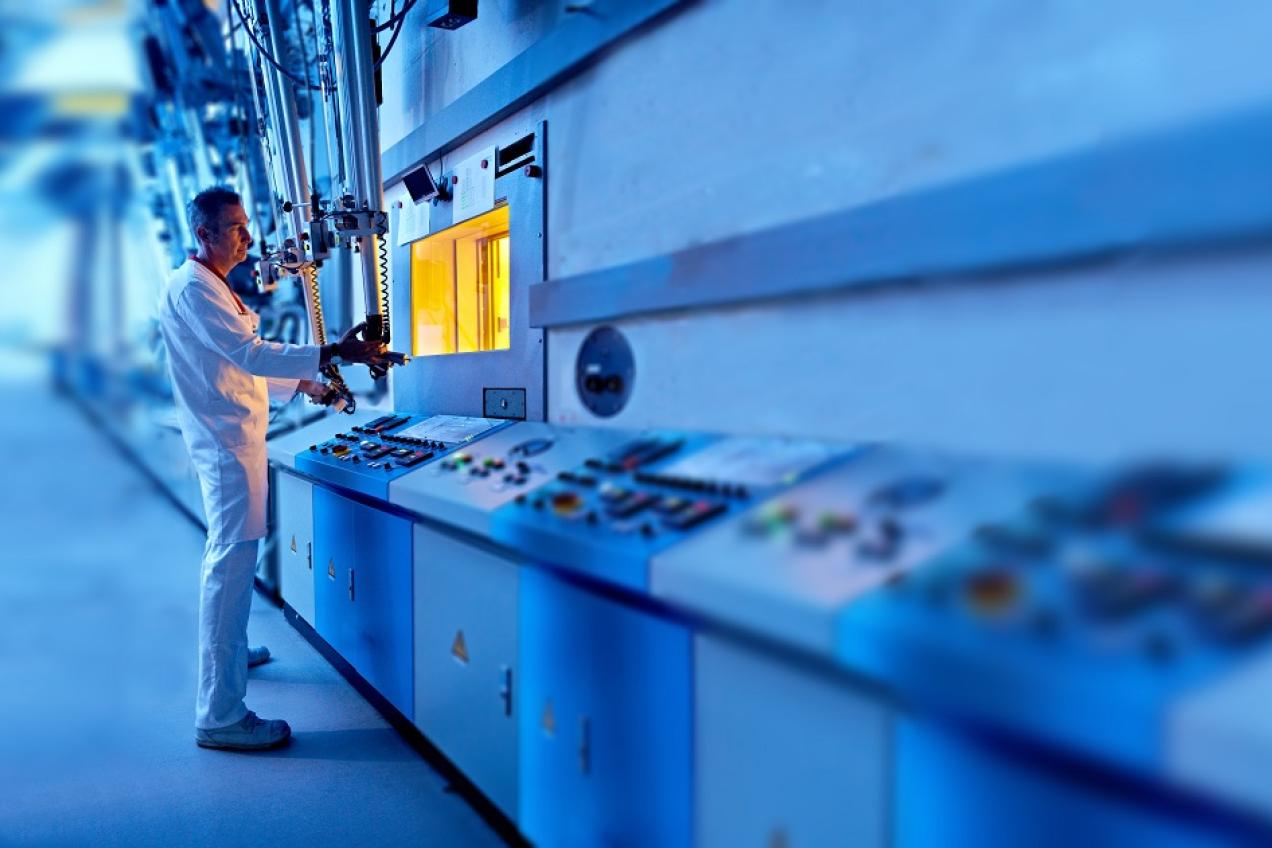
LHMA: Laboratory for high and medium activity
LHMA consists of a number of facilities for handling highly radioactive and/or toxic materials. Here you will find robotic arms, glove boxes and hot cells: equipment for testing materials and preparing, conditioning and storing samples.
-
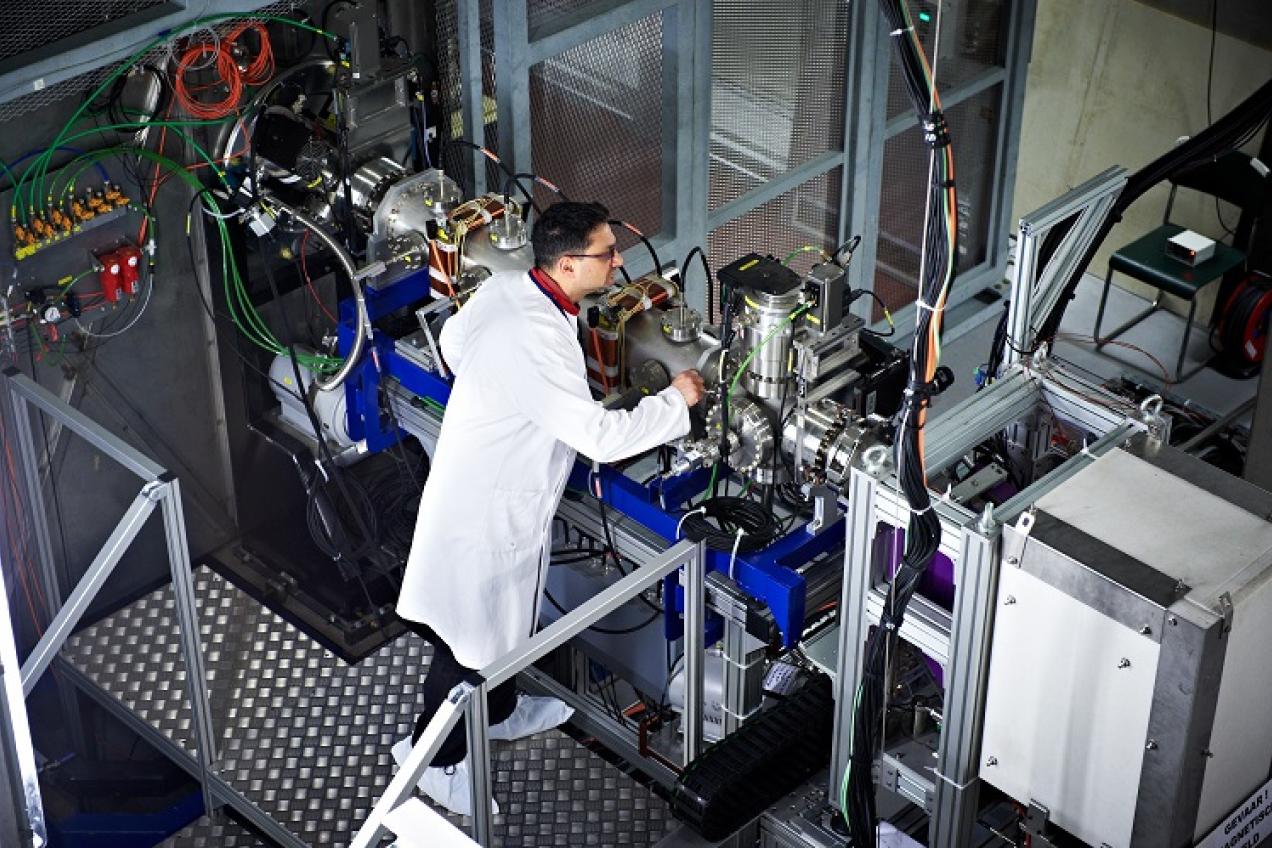
VENUS: zero power reactor
The research reactor VENUS (Vulcan Experimental Nuclear Study) has served as a flexible, experimental facility for reactor systems and testing reactor calculations since 1964. In 2007, SCK CEN decided to convert the VENUS reactor into a mini-version of Accelerator Driven Systems. The successful conversion is an important link in the development of MYRRHA and future reactor systems, such as lead-cooled Small Modular Reactors.
-
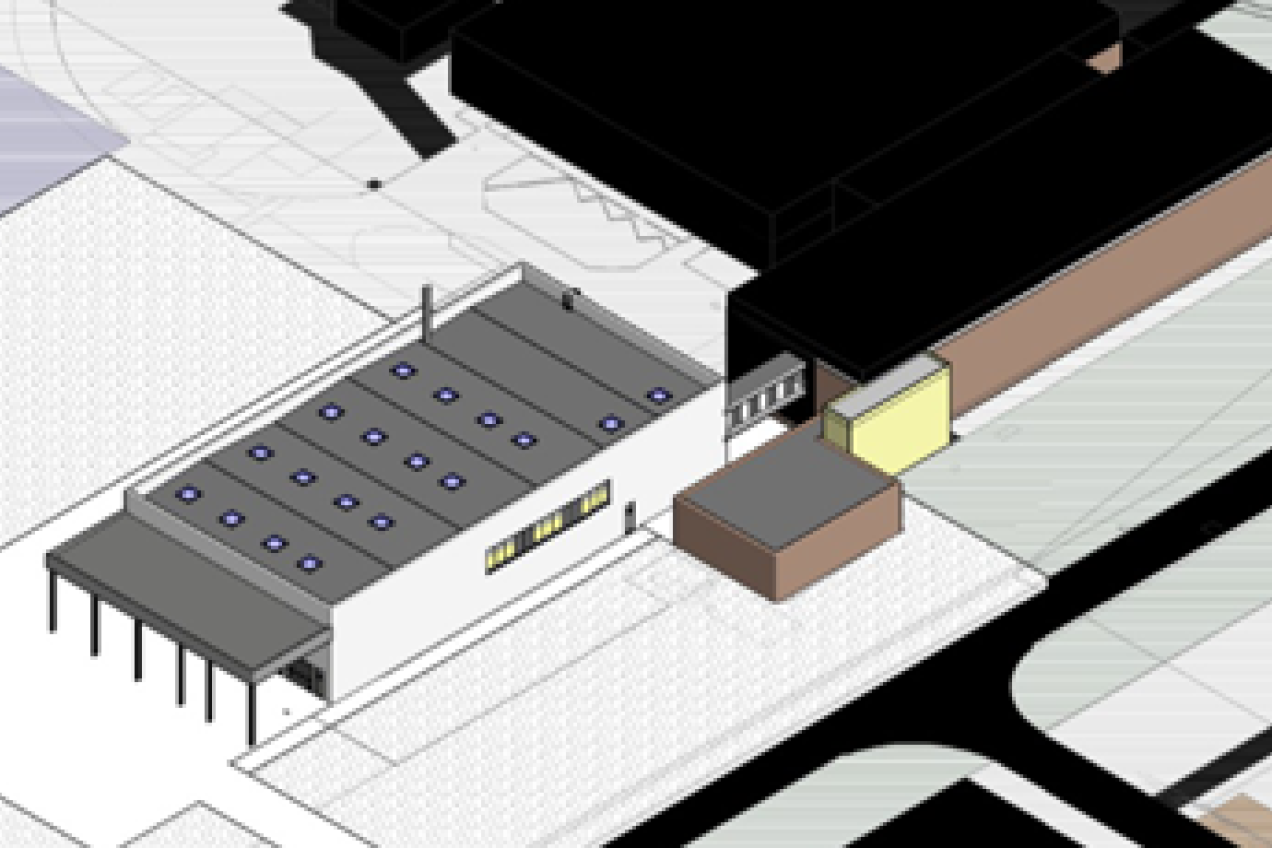
Material Treatment (MaT): knowledge centre for decommissioning
From 2024
The MaT building is a high-tech innovation hub and dismantling workshop: the ideal place for SCK CEN to grow into the best dismantling partner at home and abroad. There, through our own R&D projects, we are building on the expertise already gained during the dismantling of BR3, but also opening the doors to partners.
-
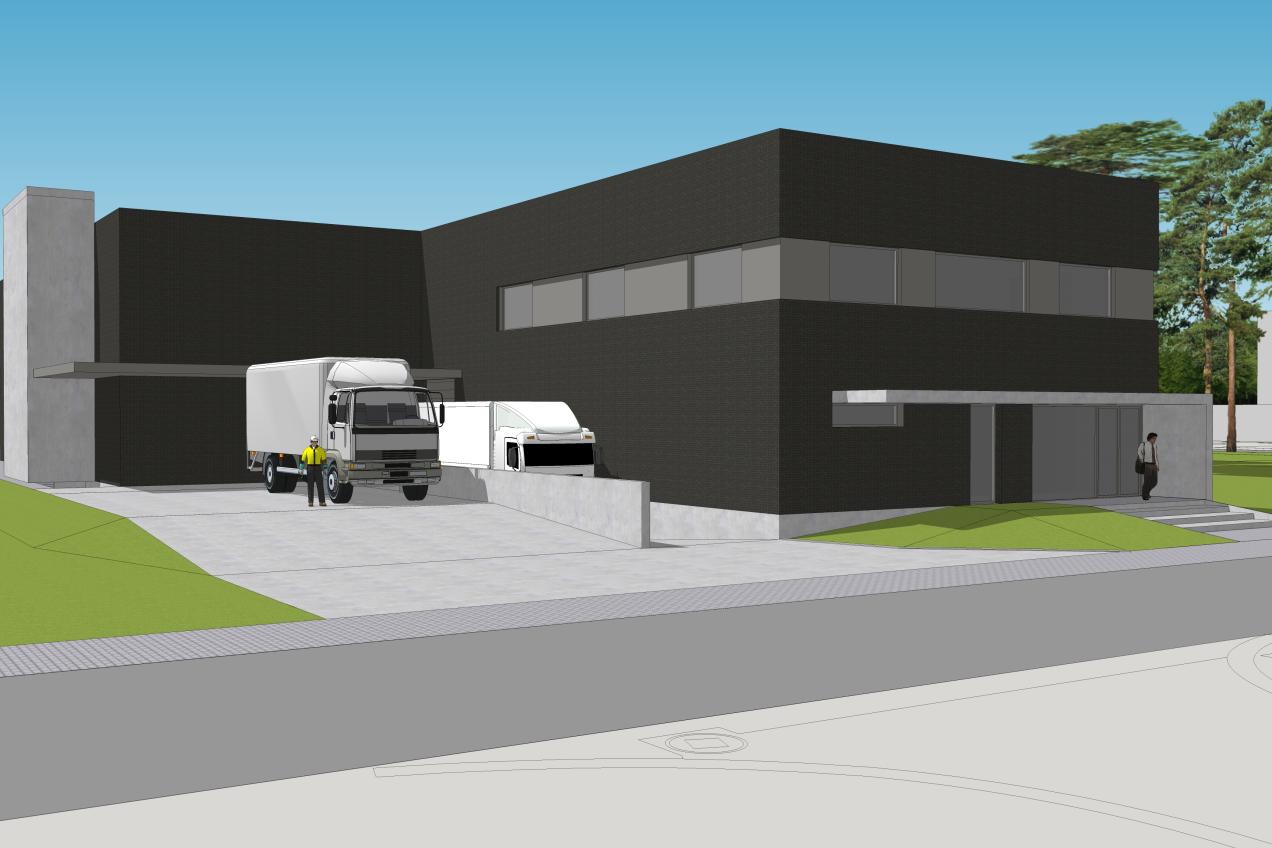
Centralized Radiochemical Facility (CRF): High-quality pharmaceuticals
From 2026
The CRF building plays a prominent role in the production of therapeutic radioisotopes and radiopharmaceuticals. In other words: a key player in the medical world.
By 2025, the CRF facility will provide, among other things, an annual supply of high-quality lutetium-177 for the treatment of over 15,000 cancer patients in Europe. By 2030, this figure is expected to rise to as many as 60,000 patients. -
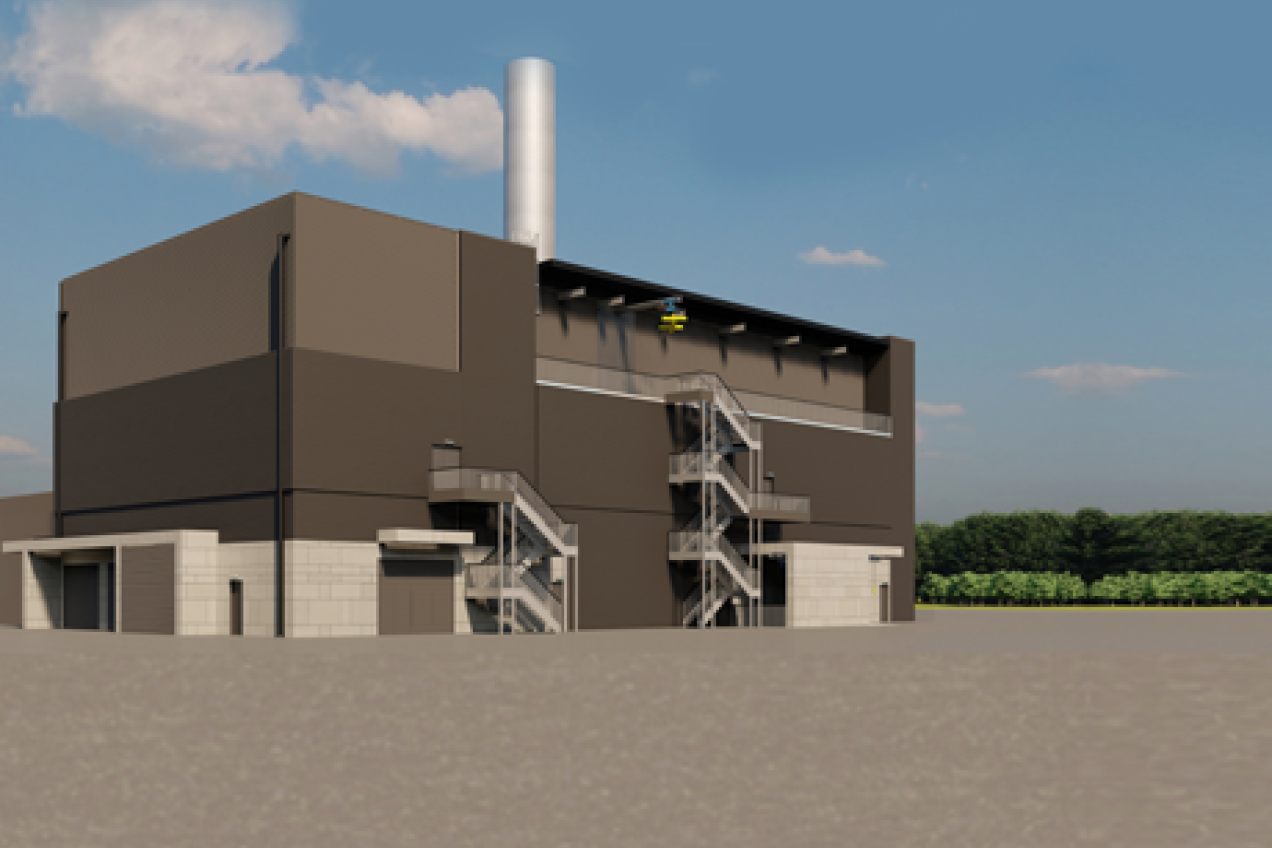
RECUMO: radioactive recycling
From 2026
At the RECUMO facility, SCK CEN converts radioactive residues from irradiated targets for molybdenum-99 production into low-enriched uranium. In this way, we are contributing to the security of supply of medical radioisotopes.
-
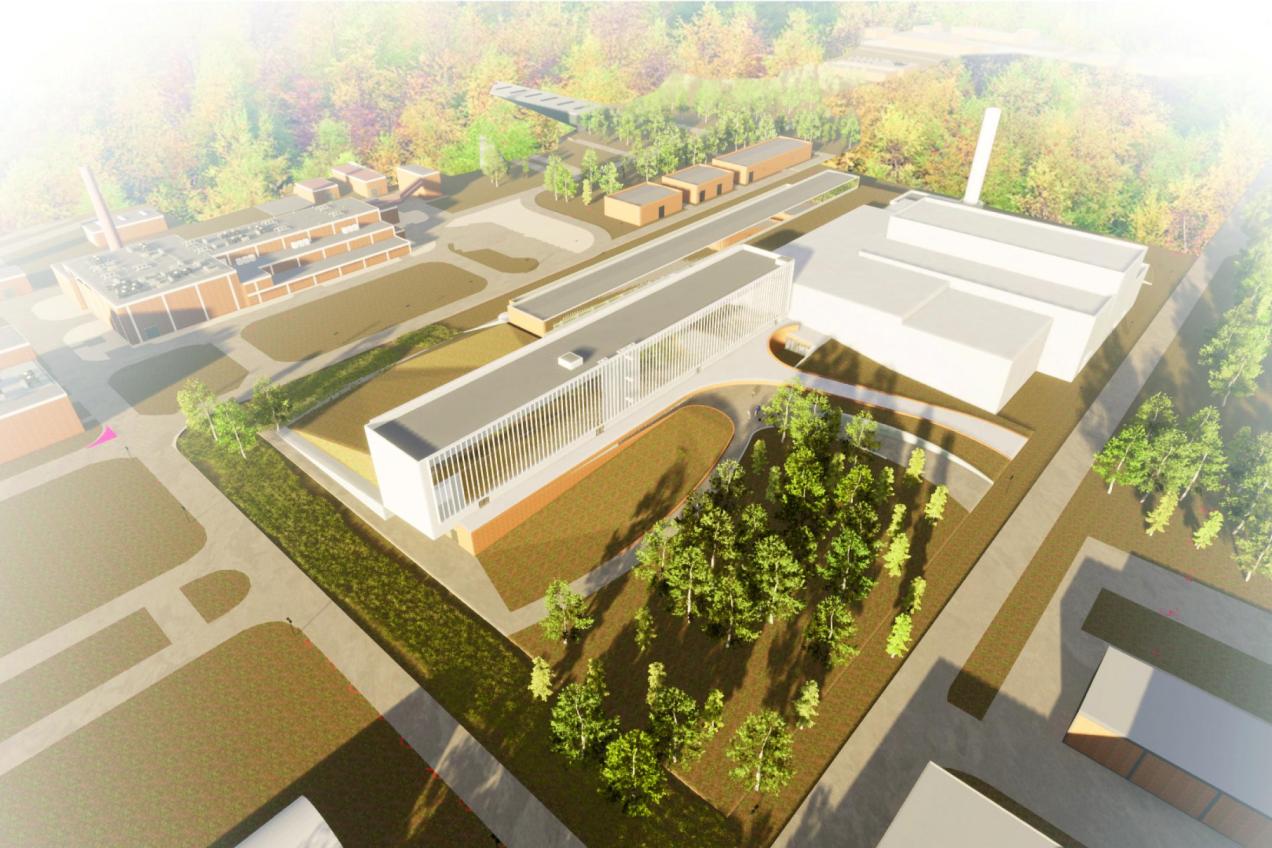
MYRRHA: the first multifunctional research reactor driven by a particle accelerator
From 2035 - 2040
MYRRHA will be a unique facility in which research will be conducted into 4 applications: less toxic nuclear waste through transmutation, the production of medical radioisotopes, new reactor concepts and fundamental research. This is made possible with special technology: a particle accelerator driving a reactor with lead-bismuth as coolant, which means MYRRHA is an Accelerator Driven System (ADS), a research reactor powered by a particle accelerator: MINERVA, MYRRHA Phase 1.
-
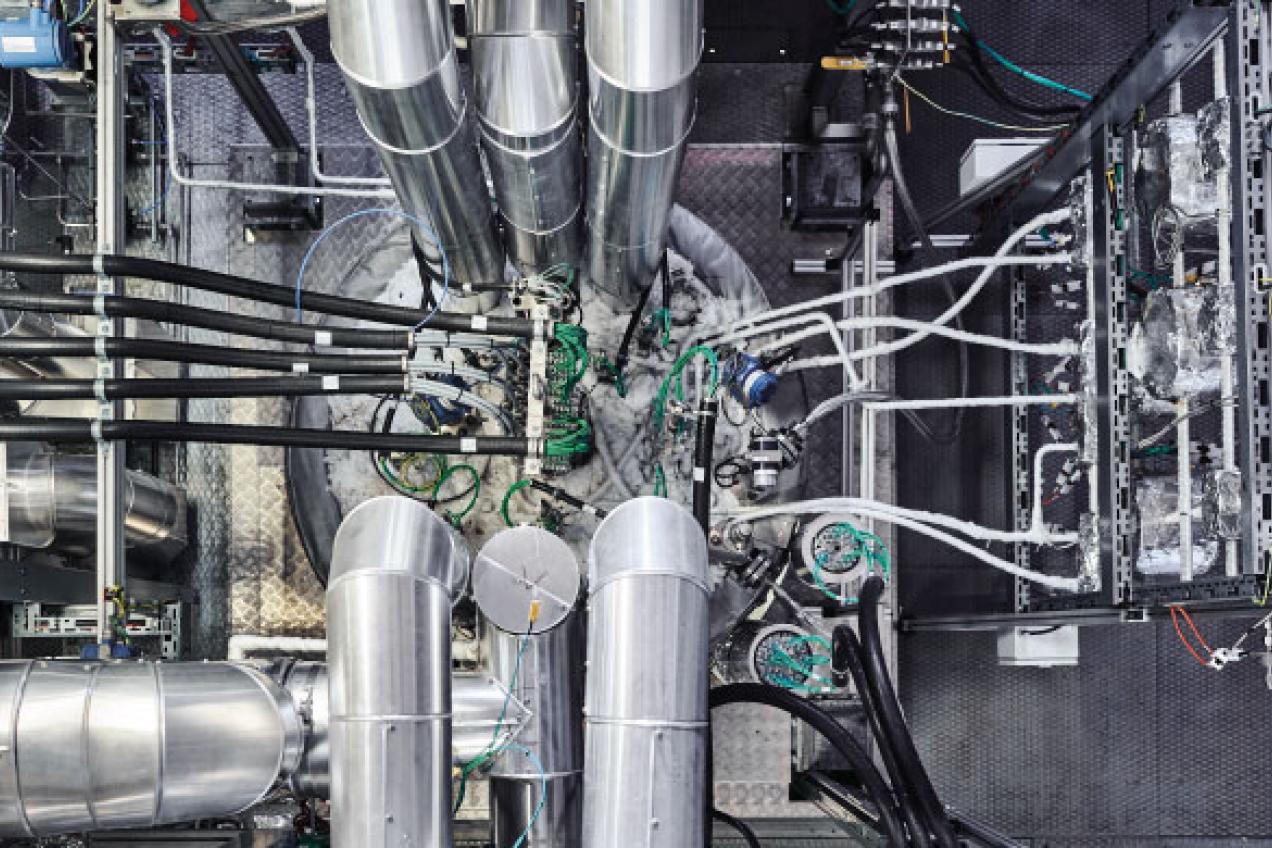
Demonstrator Lead-cooled Fast Reactor
From 2035
With the construction of a Belgian demonstration model of a first lead-cooled Small Modular Reactor (SMR-LFR), SCK CEN wants to contribute to the sustainable, climate-neutral energy supply of the future.
-
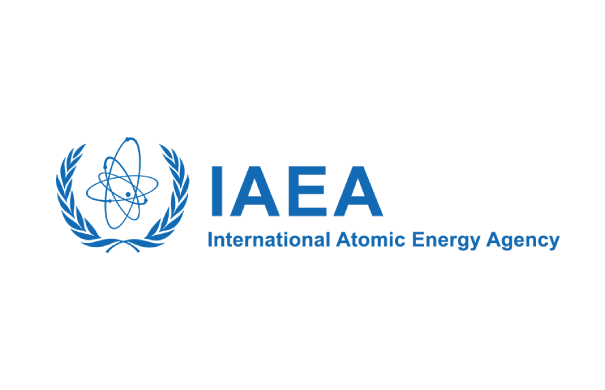
Recognized as a role model by IAEA
The International Atomic Energy Agency (IAEA) designated SCK CEN as ‘International Centre based on Research Reactor’ (ICERR) for its unique knowledge and infrastructure. With this label, the IAEA wants to give member states access to the research facilities in order to help them develop their nuclear sciences and technology programs.
Do you have a project? Our experts guide you along your research program and help end users to optimize the operation of their existing research reactors.